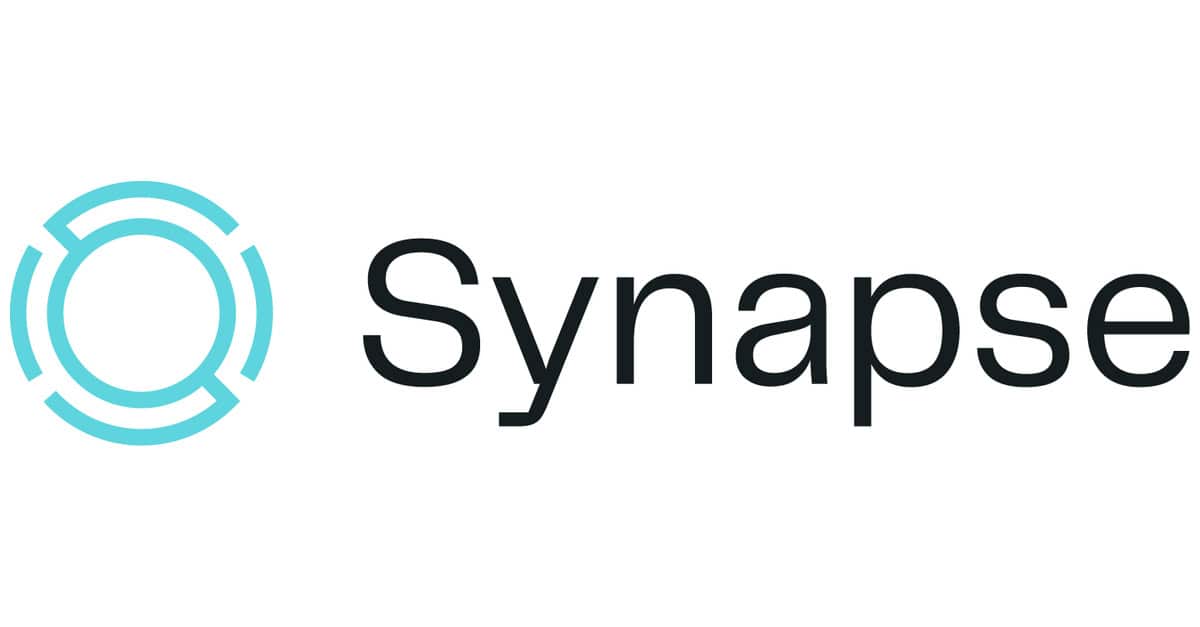
The fintech industry, known for its rapid innovation and dynamic growth, is filled with both success stories and cautionary tales. One such case is Synapse, a company that rode the highs of technological breakthroughs but faced challenges due to strategic missteps. Its recent Chapter 11 acquisition by TabaPay underscores a critical reality: success in fintech is rarely straightforward.
As we explore banking as a service evolution, Synapse’s journey offers valuable lessons for startups navigating the complexities of financial technology, from innovation to execution.
The Chapter 11 Misconception: More Than Just Bankruptcy
Synapse’s Chapter 11 filing has sparked significant debate. However, understanding the context is crucial. Unlike a conventional bankruptcy filing, this was not about financial ruin. The move allowed TabaPay to acquire Synapse’s assets cleanly, avoiding potential liabilities.
This strategy, though misunderstood by many, highlights an important aspect of acquisitions in fintech: managing risk effectively. Asset purchase agreements, while common in the tech world, are often overshadowed by public perceptions of failure.
Lesson: Managing public narratives is as important as executing financial strategies during periods of transition.
The Strategic Pivot That Wasn’t
At the heart of Synapse’s challenges was a pivotal strategic decision: acquiring a bank charter. Founder Sankat Pathak believed owning a bank was essential for long-term growth, providing direct control over regulatory and operational aspects. However, the plan faced resistance from investors, leading to the shelving of a $100 million term sheet.
This veto marked the beginning of the end for Synapse as a standalone entity. Without the ability to own its regulatory destiny, the company found itself stuck in a limiting middleware role, unable to scale its ambitions.
Lesson: Aligning strategic vision with investor expectations is critical to maintaining momentum.
Middleware as a Double-Edged Sword
Synapse’s role as middleware—bridging the gap between fintechs and banks—was both its strength and its Achilles’ heel. While middleware simplifies complex processes for fintech clients, it also exposes companies to two competing demands. Banks prioritize stability and compliance, while fintechs demand speed and innovation.
This duality created friction, ultimately impacting customer satisfaction and operational efficiency. Synapse’s model also drew scrutiny from regulators, adding further strain.
Lesson: Middleware providers must strike a delicate balance between serving banks and fintechs while addressing regulatory concerns proactively.
The Perils of Venture-Backed Dependency
Much of Synapse’s client base consisted of venture-backed fintechs, a segment fraught with volatility. Venture-backed companies often face intense pressure to scale quickly, which can create unstable partnerships. This dynamic is especially risky when coupled with broader economic uncertainties.
While Synapse wasn’t alone in navigating these challenges, the company’s reliance on this customer segment amplified its vulnerabilities.
Lesson: Diversifying client bases beyond venture-backed companies is essential for long-term stability.
Banking as a Service Evolution: A Model in Flux
Synapse’s story also highlights the evolving landscape of banking as a service (BaaS). The model, which allows fintechs to offer banking features without owning a bank charter, is under increasing scrutiny. Issues such as deposit stability and FBO (For the Benefit Of) accounts have raised questions about the sustainability of BaaS.
Looking ahead, two models seem poised to dominate:
- Bank-Centric Technology Providers: Middleware that acts as a tool for banks, shifting the relationship dynamic.
- Integrated Fintech-Banks: Fintech companies acquiring bank charters to gain full regulatory control, as seen with Square and other trailblazers.
Lesson: The future of BaaS lies in hybrid models that merge technological innovation with direct regulatory engagement.
Culture: The Make-or-Break Factor
Pathak identified culture as a cornerstone of Synapse’s journey. For him, the ideal team was fast-paced, feedback-driven, and deeply committed. However, this high-intensity culture wasn’t always scalable, particularly as the company faced operational and regulatory hurdles.
Creating a culture that balances innovation with sustainability is a challenge many fintechs face. For Synapse, the tension between its fast-moving tech ethos and the slower, compliance-driven banking world proved particularly difficult to reconcile.
Lesson: Building a scalable culture that aligns with industry realities is vital for long-term success.
Lessons for Fintech Entrepreneurs
Synapse’s journey offers several takeaways for fintech founders navigating a highly competitive and regulated industry:
- Own Your Destiny: Control over key operational and regulatory aspects is critical for scaling effectively.
- Align Vision with Stakeholders: Investor buy-in is crucial for executing bold strategies.
- Balance Dual Demands: Middleware providers must manage the competing priorities of banks and fintechs.
- Diversify Client Risk: Avoid over-reliance on any single customer segment, particularly venture-backed startups.
- Adapt Culture to Scale: A fast-paced, innovative culture must be tempered with the realities of compliance and operational sustainability.
Banking as a Service Evolution: The Road Ahead
The BaaS model remains a valuable innovation, but its future depends on resolving systemic challenges. As regulators clarify guidelines and technology evolves, the industry must adapt. Companies that prioritize integration, collaboration, and transparency will be well-positioned to thrive.
For Synapse, its story is a reminder of both the promise and perils of fintech. While its journey as a standalone entity has ended, the lessons it offers will resonate for years to come.